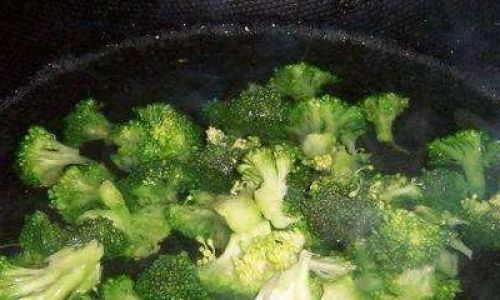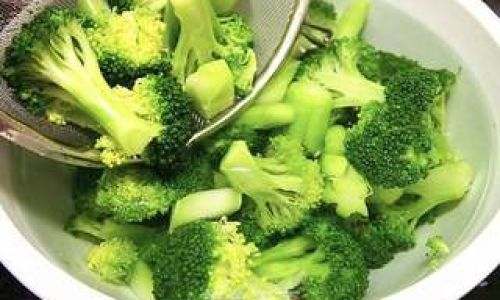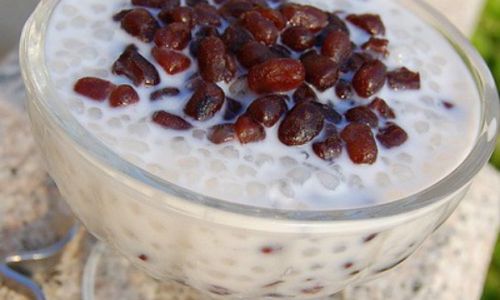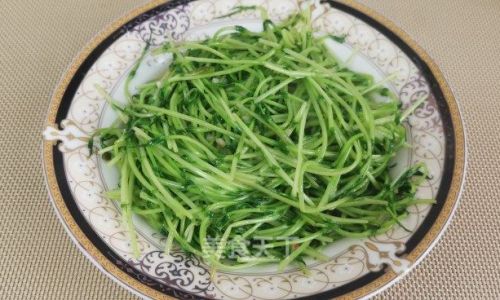Table of content
Cooking broccoli to perfection might seem like a straightforward task, but achieving that crisp-tender texture and vibrant green color that enhances its natural flavor can be a bit tricky. Whether you’re steaming, roasting, sautéing, or blending it into a soup, mastering the art of cooking broccoli requires attention to detail, the right techniques, and a few secret tips. This culinary guide aims to demystify the process and ensure that your broccoli dishes become a hit at every meal.
Understanding Broccoli: A Nutritious Staple
Before diving into the cooking methods, let’s understand why broccoli is such a valuable addition to your diet. Broccoli is a cruciferous vegetable packed with vitamins, minerals, antioxidants, and fiber. It’s particularly rich in vitamin C, vitamin K, fiber, and several beneficial plant compounds. These nutrients contribute to a strong immune system, healthy skin, improved digestion, and a lower risk of chronic diseases.

When cooking broccoli, the goal is to preserve as many of these nutrients as possible while enhancing its flavor. Overcooking can lead to nutrient loss and a mushy texture, so it’s crucial to use methods that cook the vegetable quickly and evenly.
Choosing the Right Broccoli
The first step to cooking delicious broccoli is selecting high-quality produce. Here are some tips for picking the best broccoli:
-
Color: Look for florets that are a vibrant green color. Avoid broccoli with yellowing or browning florets as this indicates that it’s past its prime.
-
Firmness: The stalks should be firm and not too soft. Gently press the stalk with your thumb; it should give slightly but not feel mushy.
-
Florets: The florets should be tightly packed and not spreading apart. This indicates freshness.

-
Size: While larger broccoli heads might seem more economical, smaller heads tend to be sweeter and more tender.
-
Smell: Fresh broccoli should have a slight, fresh vegetable aroma. Avoid any that smell musty or overly strong.
Preparation Techniques
Once you’ve selected your broccoli, proper preparation is key to ensuring even cooking and maximum flavor retention.
-
Rinsing: Rinse the broccoli under cold running water to remove any dirt or debris. Be gentle to avoid breaking the florets.
-
Drying: Pat the broccoli dry using a clean kitchen towel or paper towels. Excess water can cause steaming to become soggy.

-
Trimming: Cut off the thick stem end of the broccoli stalk. You can peel the stalk with a vegetable peeler to remove the tough outer layer and slice it into bite-sized pieces. The stalk is edible and quite nutritious, so don’t discard it.
-
Florets: Separate the florets into small, bite-sized pieces. This ensures even cooking and makes it easier to serve and eat.
Cooking Methods: The Ultimate Guide
Now, let’s dive into the various cooking methods for broccoli, each offering unique textures and flavors.
Steaming
Steaming is one of the healthiest ways to cook broccoli as it preserves most of its nutrients and natural flavors.
- Equipment: You’ll need a steaming basket and a pot with a tight-fitting lid.
- Steps:
- Fill the pot with an inch or two of water and bring it to a boil.
- Place the steaming basket inside the pot and add the prepared broccoli.
- Cover the pot and steam for about 4-6 minutes, depending on the size of the florets and your preferred tenderness.
- Test for doneness by piercing a floret with a fork; it should be tender but still crisp.
- Remove the broccoli from the heat and serve immediately to prevent overcooking.
Boiling
Boiling is quick but can lead to nutrient loss if overdone. It’s best suited for recipes where the broccoli will be further cooked or blended.

- Steps:
- Fill a large pot with water and bring it to a rolling boil.
- Add a pinch of salt to the water (optional but enhances flavor).
- Blanch the broccoli florets in the boiling water for about 3-4 minutes.
- Use a slotted spoon to remove the broccoli and plunge it into an ice water bath to stop the cooking process. This also helps maintain its vibrant color.
- Drain well before using in your recipe.
Roasting
Roasting brings out the natural sweetness of broccoli and gives it a delightful caramelized exterior.
- Ingredients: Olive oil, salt, pepper, and any additional seasonings like garlic powder, lemon zest, or Parmesan cheese.
- Steps:
- Preheat your oven to 400°F (200°C).
- Toss the broccoli florets with olive oil, salt, and pepper in a large bowl.
- Spread the broccoli in a single layer on a baking sheet.
- Roast for about 15-20 minutes, stirring halfway through, until the broccoli is tender and lightly browned.
- Remove from the oven and serve hot, garnished with additional seasonings if desired.
Sautéing
Sautéing broccoli is a quick and flavorful way to cook it, especially when you want to add it to stir-fries or pasta dishes.
- Ingredients: Olive oil or butter, garlic (optional), salt, and pepper.
- Steps:
- Heat a large skillet over medium-high heat and add a tablespoon of olive oil or butter.
- If using garlic, add minced garlic and sauté for about 30 seconds until fragrant.
- Add the broccoli florets to the skillet, spreading them out in a single layer.
- Sauté for about 5-7 minutes, stirring occasionally, until the broccoli is tender and lightly browned.
- Season with salt and pepper to taste and serve immediately.
Grilling
Grilling broccoli adds a smoky flavor and a nice charred exterior, making it a perfect side dish for summer barbecues.
- Ingredients: Olive oil, salt, pepper, and your favorite grilling seasonings.
- Steps:
- Preheat your grill to medium-high heat.
- Toss the broccoli florets with olive oil, salt, pepper, and any additional seasonings.
- Thread the broccoli onto skewers, making sure to leave some space between the florets for even cooking.
- Grill the broccoli for about 4-5 minutes per side, or until tender and lightly charred.
- Remove from the grill and serve hot.
Microwaving
Microwaving broccoli is the fastest method but can sometimes result in uneven cooking. However, with a few tips, you can achieve good results.
- Steps:
- Place the broccoli florets in a microwave-safe dish with a lid or cover with microwave-safe plastic wrap.
- Add a tablespoon of water to the dish to create steam.
- Microwave on high for about 3-4 minutes, depending on the quantity and your microwave’s power.
- Carefully remove the dish and check for doneness. If needed, microwave for an additional 30 seconds to 1 minute.
- Drain any excess water and serve immediately.
Blender/Soup
Using broccoli in soups or smoothies is a great way to incorporate more vegetables into your diet.

- Ingredients: Steamed or roasted broccoli, vegetable broth, onions, garlic, cream or coconut milk (optional), salt, and pepper.
- Steps:
- In a blender, combine steamed or roasted broccoli, vegetable broth, and any additional ingredients like onions, garlic, and cream.
- Blend until smooth and creamy.
- Taste and adjust the seasoning with salt and pepper.
- Serve hot or chilled, garnished with a dollop of cream or a sprinkle of cheese if desired.
Serving Suggestions and Enhancements
To elevate your broccoli dishes, consider these serving suggestions and flavor enhancements:
- Drizzle with a lemon-olive oil dressing for a bright, refreshing taste.
- Sprinkle with Parmesan cheese for a creamy, savory finish.
- Toss with toasted breadcrumbs for added texture and flavor.
- Serve with a garlic aioli for a rich, garlicky kick.
- Add a pinch of red pepper flakes for a spicy twist.
- Pair with a balsamic glaze for a tangy sweetness.
Storage Tips
Proper storage is crucial to maintaining broccoli’s freshness and quality.
- Refrigeration: Store unwashed broccoli in a plastic bag with the ends left slightly open to allow for air circulation. Place it in the crisper drawer of your refrigerator and use within 3-4 days.
- Freezing: Blanch broccoli florets for 2-3 minutes before freezing to preserve texture and color. Drain, cool, and then freeze in single layers on a baking sheet before transferring to freezer bags






0 comments